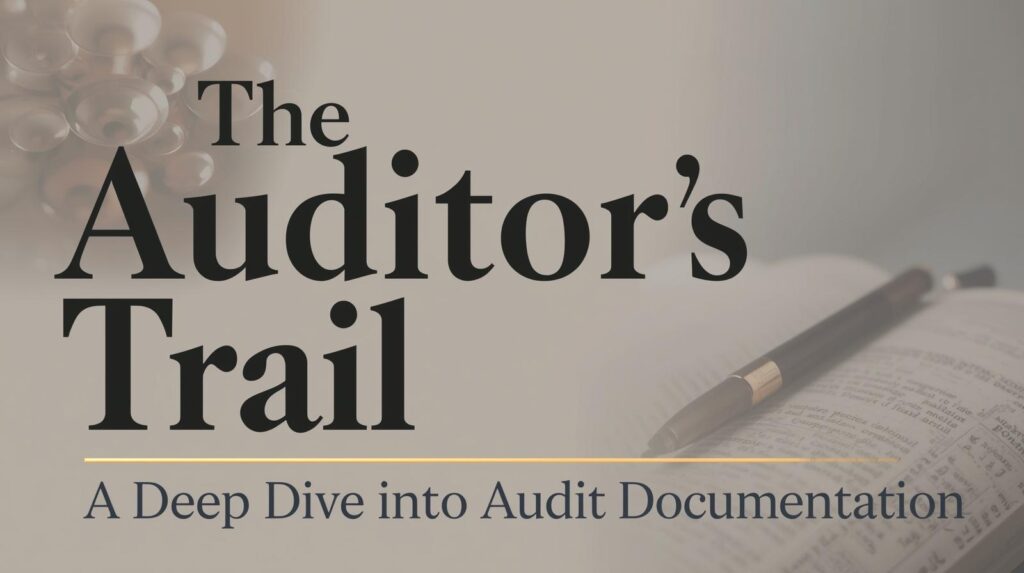Consumer Surplus vs. Producer Surplus: Explained
Have you ever found an amazing deal online for something you would have gladly paid more for? That feeling of a personal “win”—the secret value you got from the transaction—has a name in economics. It’s called consumer surplus. On the flip side, the seller who sold you that item also had a minimum price they needed to cover their costs, and anything they earned above that is their “win.” This is producer surplus.
Consumer Surplus is the economic benefit, or bargain, that a consumer receives when they pay a price that is lower than the maximum price they were willing to pay.
Producer Surplus is the economic benefit that a producer receives when the market price for their product is higher than the minimum price they were willing to accept.
Together, these two concepts measure the total value and welfare created by a free market transaction.
These aren’t just abstract theories; they are the invisible forces that describe the value created every time a voluntary exchange happens. They are two sides of the same coin, measuring the total efficiency and benefit generated in a market. This comprehensive guide will break down each concept with clear formulas and examples, help you visualize them on a graph, and explain why they are fundamental to understanding how markets work.
Deep Dive: Understanding Consumer Surplus 🛍️
Consumer surplus is the quantification of a “good deal.” It’s the extra satisfaction or value a consumer gets because they didn’t have to pay the maximum amount they were prepared to spend. The foundation of this idea is a concept called willingness to pay.
- Willingness to Pay: This is the absolute maximum price a consumer will pay for a product. It’s subjective and different for everyone. If the market price is above your willingness to pay, you won’t buy it. If it’s at or below, you will.
The formula to calculate it is simple and intuitive:
Example: The Concert Ticket
Imagine a popular band is playing, and tickets have a fixed market price of $70. Three friends want to go:
- Alex loves the band and is willing to pay up to $120.
- Ben is a fan and is willing to pay up to $90.
- Carla likes the band and is willing to pay up to $70.
Let’s calculate their individual consumer surplus:
- Alex’s Surplus: $120 (Willingness to Pay) – $70 (Actual Price) = $50
- Ben’s Surplus: $90 (Willingness to Pay) – $70 (Actual Price) = $20
- Carla’s Surplus: $70 (Willingness to Pay) – $70 (Actual Price) = $0 (Carla is indifferent but still buys)
The Total Consumer Surplus in this mini-market is $50 + $20 + $0 = $70.
A consumer’s willingness to pay is directly tied to the satisfaction, or utility, they get from a product. The very first unit of a good you consume (like the first slice of pizza when you’re hungry) provides the most satisfaction, so you’re willing to pay more for it. This is why the demand curve slopes downward. Understanding **the relationship between diminishing marginal utility and the demand curve** is fundamental to grasping why consumer surplus exists and why early adopters in a market often gain the most benefit.
Deep Dive: Understanding Producer Surplus 🏭
Producer surplus is the benefit sellers get from participating in the market. It’s the extra revenue they earn above and beyond their own costs. The foundation of this idea is the producer’s willingness to accept (or sell).
- Willingness to Accept: This is the absolute minimum price a seller will accept for their product. This price is determined by their marginal cost—the cost to produce one additional unit of that good. If the market price is below their cost, they won’t sell.
The formula for producer surplus mirrors that of the consumer:
Example: The Artisan Bakery
Imagine several artisan bakers are selling a specialty loaf of bread at a farmers market. The market price for this loaf settles at $8. The bakers have different levels of efficiency and costs:
- Baker David’s cost to make one loaf is $4.
- Baker Emily’s cost to make one loaf is $6.
- Baker Frank’s cost to make one loaf is $8.
Let’s calculate their individual producer surplus:
- David’s Surplus: $8 (Actual Price) – $4 (Willingness to Accept) = $4
- Emily’s Surplus: $8 (Actual Price) – $6 (Willingness to Accept) = $2
- Frank’s Surplus: $8 (Actual Price) – $8 (Willingness to Accept) = $0 (Frank covers his cost but gets no surplus)
The Total Producer Surplus for these bakers is $4 + $2 + $0 = $6.
A producer’s minimum selling price is a direct function of their production costs. How efficiently a business can combine inputs (like labor, capital, and raw materials) determines these costs. This is formally explained by the production function. Exploring concepts like the **short-run production function and returns to scale** helps clarify why more efficient producers have lower costs and can therefore generate a larger surplus at any given market price.
Foundations of Economic Thinking
Grasping concepts like consumer and producer surplus is the first step to thinking like an economist. These foundational books are essential reading for anyone serious about understanding how markets and human behavior interact.

Principles of Microeconomics
Authored by N. Gregory Mankiw, this is the quintessential textbook used in introductory economics courses worldwide. It provides clear, authoritative explanations of surplus, elasticity, and market efficiency.
View on Amazon
Freakonomics: A Rogue Economist Explores the Hidden Side of Everything
This modern classic shows how economic principles, like incentives and value, apply to fascinating real-world situations, from real estate to crime rates. It makes economic thinking accessible and entertaining.
View on Amazon
Thinking, Fast and Slow
Nobel laureate Daniel Kahneman explores the two systems that drive the way we think. It’s essential reading for understanding the behavioral psychology behind consumer “willingness to pay” and economic decision-making.
View on AmazonVisualizing the Concepts on a Graph 📈
The easiest way to understand surplus is to see it on a classic supply and demand graph. Imagine a standard graph with Price on the vertical (Y) axis and Quantity on the horizontal (X) axis.
- The Demand Curve slopes downwards from left to right.
- The Supply Curve slopes upwards from left to right.
- The point where they intersect is the Market Equilibrium. This determines the equilibrium price (P*) and equilibrium quantity (Q*).
Now, let’s find the surpluses:
- Consumer Surplus is the entire area of the triangle below the demand curve but above the equilibrium price line (P*). This area represents all the consumers who were willing to pay more than P* but only had to pay P*.
- Producer Surplus is the entire area of the triangle above the supply curve but below the equilibrium price line (P*). This area represents all the producers who were willing to sell for less than P* but were able to sell at P*.
Total Economic Surplus: The Sum of the Wins
When you add consumer surplus and producer surplus together, you get Total Economic Surplus (also called economic welfare or social welfare). This represents the total benefit to society from the production and consumption of a good. A key finding in microeconomics is that a competitive market operating at equilibrium (P*, Q*) is **efficient** because it maximizes this total surplus. There is no other price or quantity combination that can create a larger total “win” for society.
Frequently Asked Questions
What is the difference between producer surplus and profit?
This is a common point of confusion. They are related, but not the same. Profit = Total Revenue – Total Costs (including fixed costs). Producer Surplus = Total Revenue – Total Variable Costs. Producer surplus is calculated using the supply curve, which is based on marginal (variable) costs. Therefore, a firm’s producer surplus goes toward paying its fixed costs first. Anything left over is its profit. So, Producer Surplus = Profit + Fixed Costs.
Can consumer or producer surplus be negative?
No. In a voluntary transaction, surplus is always zero or positive. If the market price is higher than your maximum willingness to pay, you simply don’t buy the product (consumer surplus is zero). If the market price is lower than a producer’s minimum willingness to accept (their cost), they simply don’t sell that unit (producer surplus is zero).
How do taxes affect total surplus?
Taxes typically reduce both consumer and producer surplus. A tax on a good increases the price paid by consumers and decreases the price received by producers, shrinking both surplus areas. While the government gains tax revenue, the loss in surplus to consumers and producers is usually greater than the revenue gained. This net loss in total surplus is known as **deadweight loss**.
Conclusion: The Value Created by Every Transaction
Consumer surplus and producer surplus are not just academic terms; they are the economic descriptions of the value we all participate in creating every day. The consumer’s gain from a price they find reasonable and the producer’s gain from a sale that covers their costs and rewards their effort are the two essential halves of a successful market.
By understanding this elegant symmetry, we can appreciate how a simple transaction at a market price is a powerful act of wealth creation. It’s the “invisible hand” at work, efficiently allocating resources and ensuring that both buyers and sellers walk away from the exchange better off than they were before.


